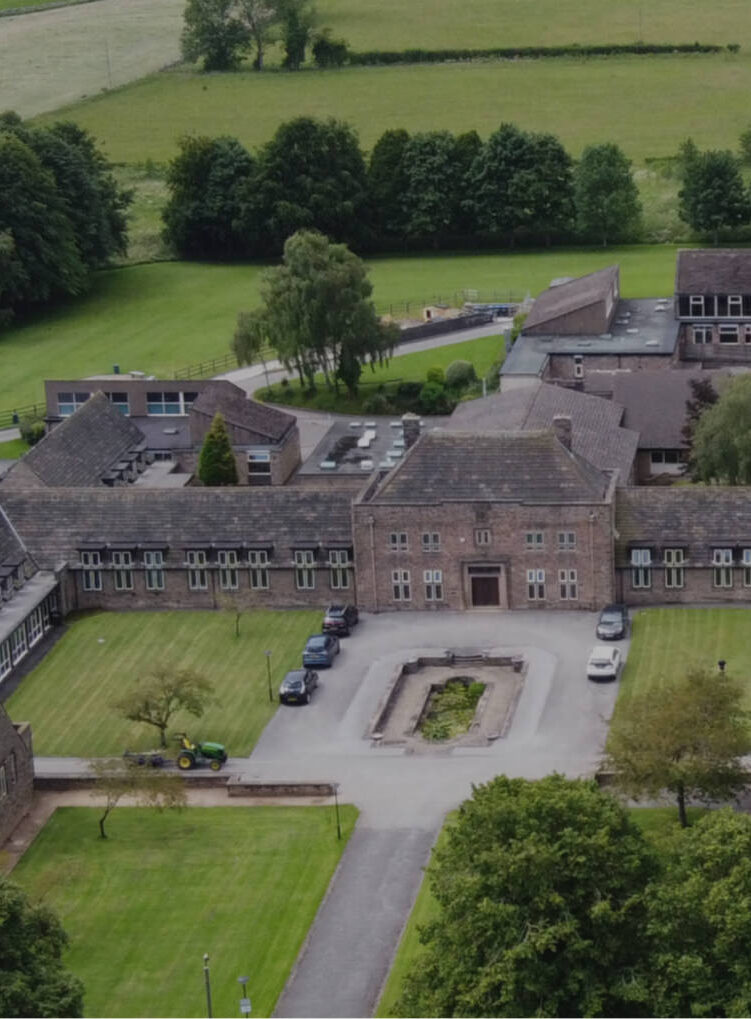Features
- Progressive objectives are shared with students NO ‘All, Most, Some’ type statements
- A knowledge-engaged approach is evident in planning and in students work
- Objectives are based on what the teacher wants students to know/learn at the end not just a list of activities
- The powerful knowledge and appropriate skills needed for the lesson have been carefully considered in planning
- Key vocabulary is signposted, understood and used well
- Literacy is prioritised especially SPAG
- Checks for correct spelling of key terms is routinely carried out
- Students have targets and know them
- ‘Brilliant Books’ are expected and checked on regularly
- There are high expectations for attainment and progress for the whole class and individuals
- There are high expectations for behaviour for learning
- Retrieval practice is interleaved into lesson planning and delivery
- Start points of individual students are considered when planning and throughout the lesson
- A review of prior learning or daily review of prior learning is a regular feature
- Student books show a clear well sequenced learning journey
- Literacy skills are embedded and valued
Examples for students
- Student books show progress over time towards learning goals and targets
- Students respond to teacher feedback in green in their books and this shows improvements to work in class and for homework
- Students of all abilities use key terms and vocabulary accurately and confidently showing high levels of understanding
- Students show they want to learn and use correct SPAG
- Students are willing to rise to the levels of the highest challenge in the lesson
- Students have their own equipment and are prepared for the lesson
- Students are proud of their work and understand what a Brilliant Book is
- Students complete the work set and meet deadlines
- Students are clear what they are learning and why
- Students know what they are doing well in the subject and what and how they need to need to improve
- Students use knowledge builders and skills ladders in lessons/independently where appropriate
- Students can articulate their learning journey and what they can do well and need to improve
Examples for teacher
- Teacher sticks to classroom routines to promote good learning
- Teacher refers back to learning objectives regularly in lessons and makes progress explicit
- Teacher has clear, high expectations for the progress of the class and individuals
- Teacher plans to use all lesson time to further learning. Time-fillers do not feature
- Teacher identifies key high level vocabulary and terms for all students
- Teacher promotes and insists on accurate SPAG
- Teacher uses knowledge builders/skills ladders and references them in lessons when appropriate
- Teacher gives exam tips where appropriate and uses revision rather than repetition to model good practice for students
- Teacher expects students to have ‘Brilliant Books’ makes expectations clear with regular checks and rewards given
- Teacher uses the principles such as those in Bloom’s Taxonomy to plan lessons to ensure that they are creating opportunities for students to think deeply
- Teacher builds review of prior learning into planning
- Teacher plans questions that will make all students think
- Teacher values high standards of literacy and numeracy and ensures this is not a barrier to learning for students
- Teacher follows all whole school classroom expectations

